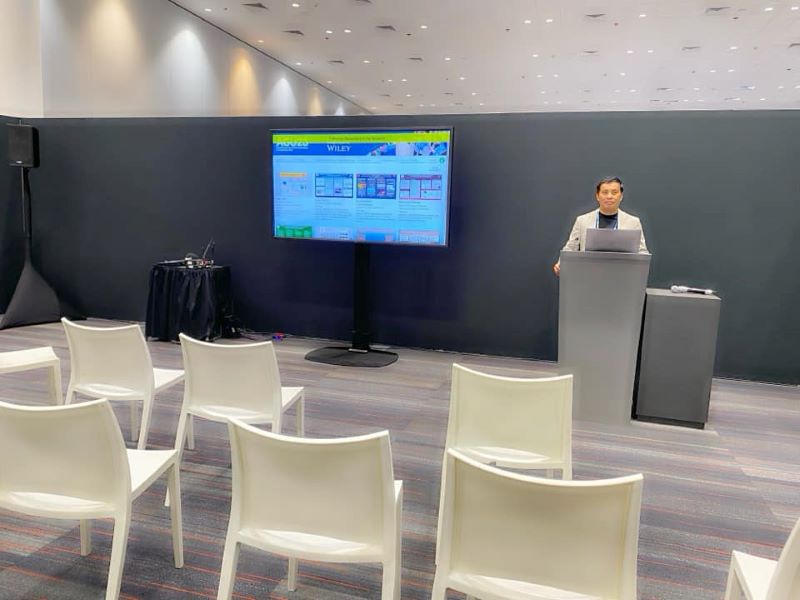
Securing a college scholarship in the United States is a dream for many high school students in the Philippines, but it can also feel like a daunting challenge. The idea of studying abroad and the financial support a scholarship provides can open up numerous opportunities. However, you might wonder: what are the real chances of getting a college scholarship in the USA?
Types of Scholarships Available for Filipino Students
Before diving into the statistics and odds, it’s important to understand the different types of scholarships available for international students, including those from the Philippines:
- Merit-Based Scholarships: These are awarded based on academic performance, extracurricular involvement, leadership skills, or other outstanding achievements. Many top-tier universities offer these scholarships, although they tend to be very competitive.
- Need-Based Scholarships: These scholarships consider your family’s financial situation and are often offered by universities with large endowments, such as Ivy League schools. Financial need is the primary criterion here, so applicants must demonstrate that they require financial assistance to attend college.
- Athletic Scholarships: American colleges and universities place a high value on athletics, and some institutions offer scholarships to students who excel in sports. For Filipino students with strong athletic backgrounds, this can be a unique path to securing financial aid, although sports scholarships are limited and highly selective.
- University-Specific Scholarships: Some universities offer scholarships specifically for international students. These scholarships may be based on a combination of academic merit, financial need, and contributions to campus diversity.
- External Scholarships: Many organizations, foundations, and government entities in the United States and the Philippines provide scholarships to Filipino students. Examples include the Fulbright Program, which offers graduate scholarships, and private foundations that support undergraduate studies.
The Chances of Securing a Scholarship
When it comes to numbers, the chances of securing a college scholarship in the USA depend on various factors:
- Competitiveness: Scholarships for international students, especially full scholarships, are highly competitive. According to some estimates, only a small percentage of applicants are awarded scholarships due to the high number of applicants and limited spots available.
- Available Funding: Many universities have limited funding allocated for international students, as their priority is often domestic students. However, some U.S. institutions with larger endowments offer substantial financial aid to attract a diverse student body, including international students.
- Academic Standing: For Filipino students with high grades, strong English proficiency, and a well-rounded application, the chances of securing a scholarship improve significantly. Demonstrating leadership skills, community involvement, and unique talents can also make your application stand out.
- University Choice: Top-tier universities, while competitive, are often more likely to offer scholarships to international students than smaller or less well-known schools. Schools in the Ivy League or those with large endowments tend to have better financial aid options.
Factors That Influence Your Chances of Getting a Scholarship
- Strong Academic Records
Academic performance is crucial. Schools in the U.S. often have high academic expectations for scholarship applicants, especially in subjects related to your chosen major. Having excellent grades, especially in math, science, or English, will strengthen your application. - Extracurricular Achievements
U.S. colleges value well-rounded students. Being active in extracurriculars—whether that’s athletics, the arts, community service, or leadership roles—can increase your chances. For example, if you’ve represented your school in science competitions or have led a community project, make sure to highlight this on your application. - High Standardized Test Scores
While some U.S. universities are moving toward test-optional admissions, many still require international students to submit SAT or ACT scores. A high score can make you more competitive and may increase your chances of receiving merit-based scholarships. - Strong English Proficiency
English proficiency tests, such as the TOEFL or IELTS, are often required for Filipino students. Strong test scores in these exams will show that you’re prepared for an English-speaking environment and can keep up with the rigorous demands of college coursework. - Well-Written Personal Statement and Essays
The personal statement is your opportunity to show who you are beyond grades and test scores. Take time to craft a compelling story about your passions, aspirations, and why studying in the U.S. is important to you. A powerful essay can be the deciding factor in a close competition. - Demonstrated Financial Need
If you’re applying for need-based scholarships, your family’s financial situation will be a significant factor. Be honest and transparent in demonstrating your need for financial assistance, and provide documentation if required. Some universities in the U.S. are “need-blind” for international students, which means they do not consider your financial need in the admissions decision, though these schools are limited. - Recommendations from Teachers and Mentors
Strong recommendation letters can add considerable weight to your application. A teacher or mentor who knows you well and can vouch for your character, academic abilities, and potential can help set you apart from other candidates.
Tips to Improve Your Chances
- Start Early
Begin researching scholarships and preparing your application at least a year before deadlines. Starting early will give you enough time to gather all required documents, prepare for exams, and draft a solid application. - Research Scholarship Options
Look beyond well-known schools and consider less popular institutions that may offer good financial aid. Sometimes, smaller universities or community colleges have scholarships specifically for international students and less competitive application pools. - Work on Your Essays
Since essays can be make-or-break, spend time drafting, revising, and refining them. Be authentic and make sure your voice and story come through. Show how your background, experiences, and aspirations align with the scholarship or university’s mission. - Connect with Alumni
Reach out to Filipino alumni who have received scholarships to study in the U.S. They can offer valuable insights into the application process and may provide advice on what specific programs look for in candidates. - Apply to Multiple Scholarships
Increase your chances by applying to as many scholarships as you qualify for. This could include both university-specific scholarships and external scholarships offered by private organizations. - Polish Your Interview Skills
Many scholarships include an interview stage. Practice common interview questions and work on delivering clear, confident responses. Demonstrating enthusiasm and genuine interest in the scholarship can make a positive impression.
Realistic Expectations: Challenges to Keep in Mind
It’s important to stay optimistic but realistic. Here are a few things to remember:
- Limited Spots for International Students: Universities often have a cap on the number of scholarships they can award to international students, which makes the process more competitive.
- Costs Beyond Tuition: Even with a full-tuition scholarship, you may still need to cover expenses like room and board, transportation, and health insurance.
- Cultural and Academic Adjustment: Studying abroad requires adjusting to new teaching styles and cultural norms. Make sure you’re prepared for these changes and excited to embrace the new environment.
Is It Worth the Effort?
While securing a scholarship in the USA as a high school student from the Philippines is challenging, it’s not impossible. With the right preparation, dedication, and a strong application, you can maximize your chances of achieving this goal. The journey may be tough, but the experience and opportunities that come with studying in the U.S. can be life-changing.
Remember that there are numerous success stories of Filipino students who’ve secured scholarships and thrived in U.S. universities. With patience and persistence, you too can join their ranks and make the most of the incredible educational opportunities abroad.



